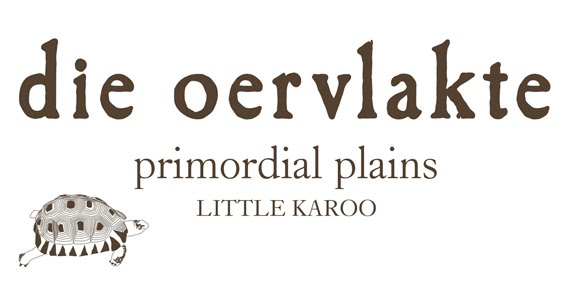 On a recent visit to the Knysna forests from Uniondale down the Prince Alfred Pass, which is spectacular and awe-inspiring, we stopped to investigate the Forest of Ferns.
On a recent visit to the Knysna forests from Uniondale down the Prince Alfred Pass, which is spectacular and awe-inspiring, we stopped to investigate the Forest of Ferns. One inevitably gets overwhelmed by the sheer scale of plant diversity in the forests. A case in point is the fern species found growing near streams, on rotting logs, in trees, along roadsides, in full sun, in dappled sun, part shade, full shade and deep shade.
They are difficult to identify, and some nurseries erroneously sell plants they will swear upon to be indigenous forest ferns. There are at least 65 different species of indigenous forest ferns identified by botanists and at least 125 different tree species.
There are minature forests growing on fallen logs and undergrowth, a myriad ancient trees and many different shrubs and smaller trees. The elders were in bloom, their crowns adorned with clusters of white flowers allowing easy identification among the stinkwoods, keurboom, yellowoods, wild mulberry, Cape chestnut, lightning bush and many others.
These are primordial forests (untouched by man) with 800 year old yellowoods and gives one a sense of the geological time one experiences in die oervlakte.
Although there are only pockets of primordial forests left in this area, they are accessible to the public and are our heritage to experience, learn from and enjoy.


